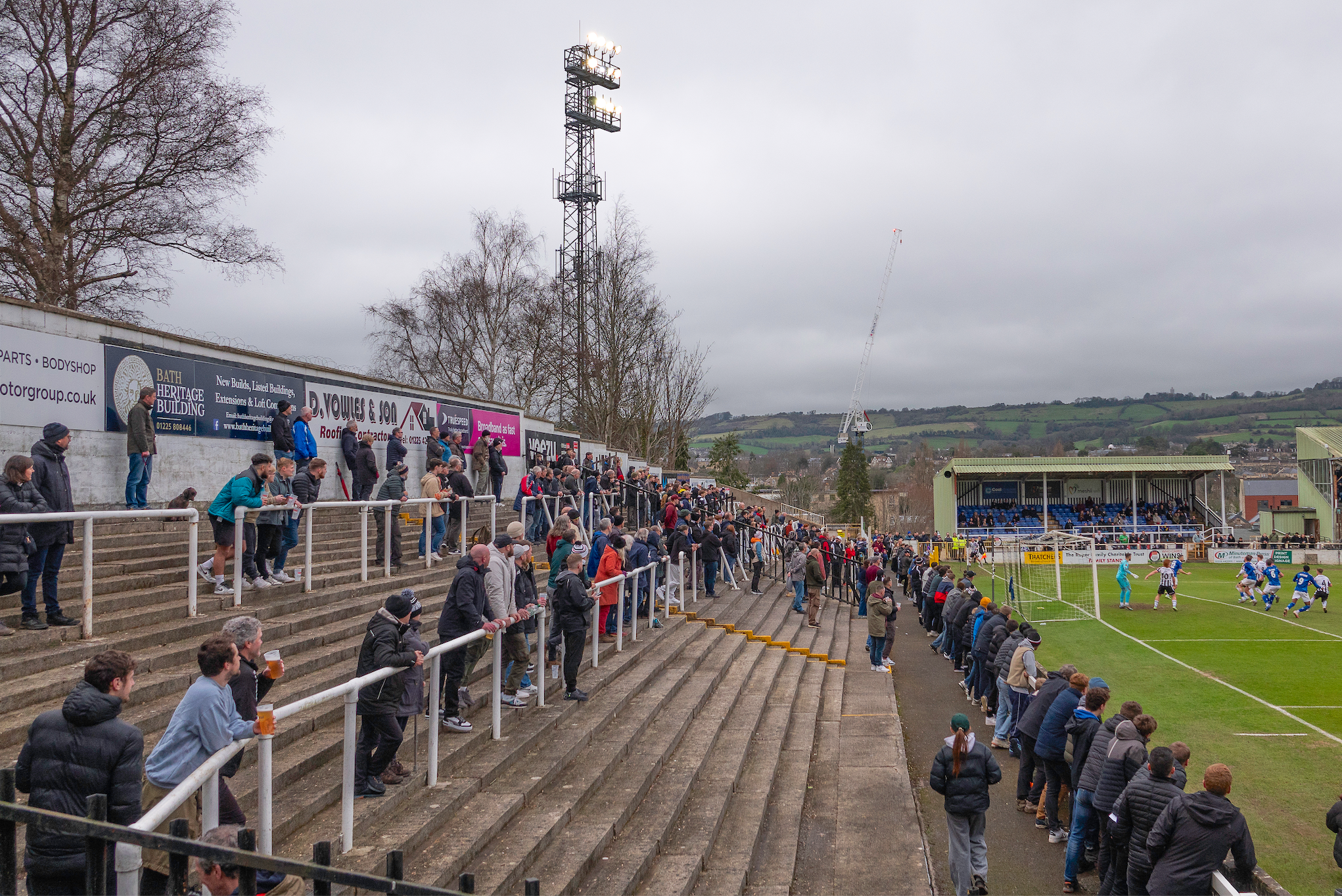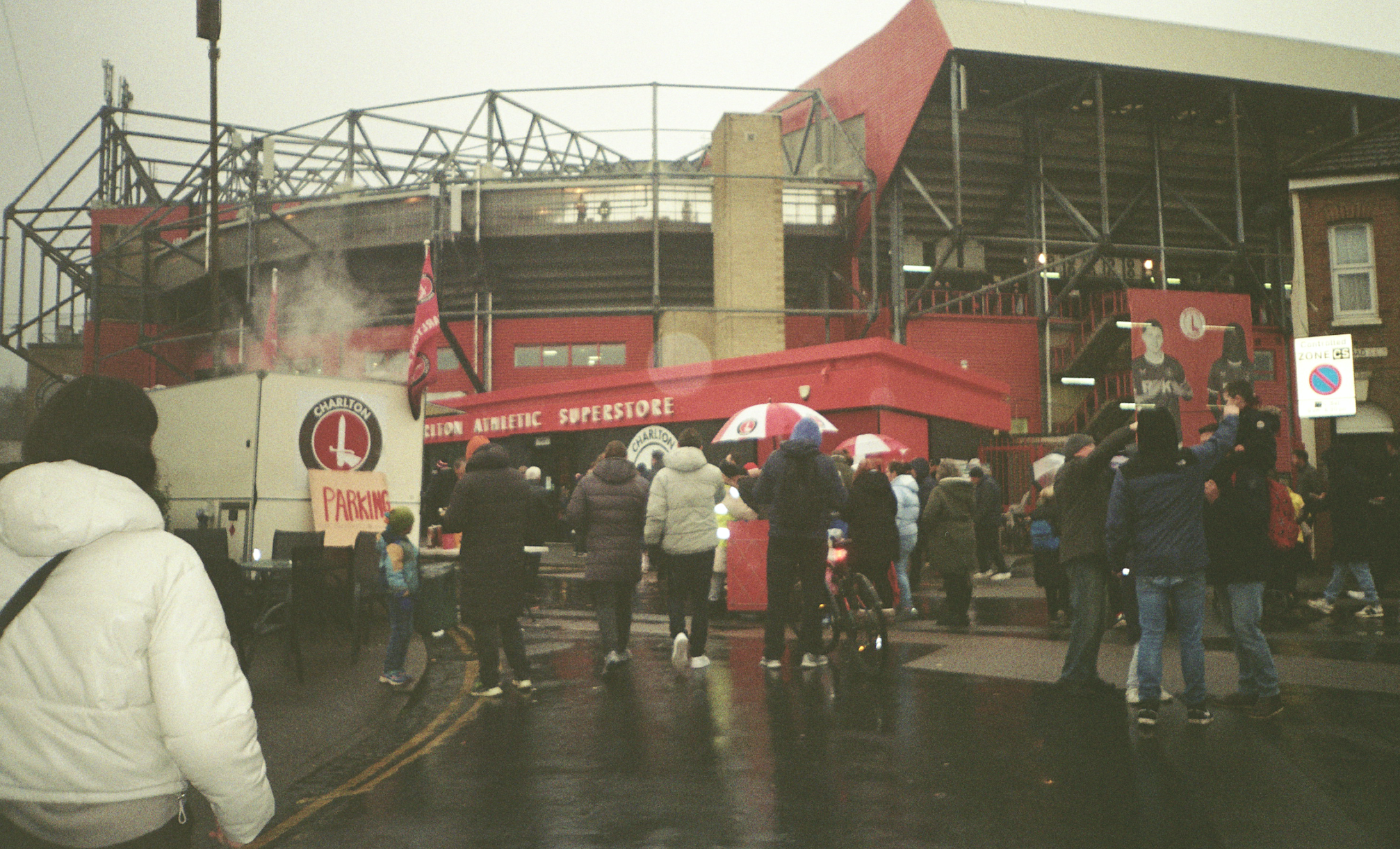In the wake of the flood

Words: Éanna Mackey
Images: Éanna Mackey
After months in the open sea, Noah, his family, and his many animals heard a loud CRUNCH as his enormous arc crashed into dry land on the relative safety of this small barren island.
As the flood water slowly receded it soon revealed that it was not an island he had docked upon but an enormous mountain peak that towered over a rocky valley below. That mountain was Ararat.
As the animals took the opportunity to trot off around the world, legend tells us that Noah’s grandson Hayk, stayed put on this land and founded the nation of Armenia - the cradle of humanity.
Ararat is everything to Armenians. The symbol of nation, its inescapable allure shadows the capital city Yerevan as it stalks you from afar, lurking above the cloud line, its enormity eclipsing itself as the sun sets to the west.
On a visit to Yerevan, you’ll first see Ararat’s twin peaks in your passport stamp. If you’re lucky you might stay in the Ararat Hotel but first make sure you’ve got Ararat adorned currency to pay for it which you may need to exchange in the Ararat bank.
©Éanna Mackey/ Terrace Edition. Hrazdan Stadium.
Driving into the city passing rows of Soviet apartment blocks you’ll see the Ararat cognac factory - Churchill’s favourite that pairs well with an Ararat cigarette.
Just down the road, you’ll pass the enormous former home of the national team and of FC Ararat Yerevan, the city’s biggest football club - the Hrazdan Stadium.
For many sons and daughters of Hayk, Ararat is the first thing they see when they wake up in the morning, and the last thing before going to bed. Its monstrous size and beauty encapsulate what it means to be Armenian.
Yet it’s with a fervent sigh that it’s spoken of - for Mount Ararat is in fact over the border in the land of perennial foes - Turkey. Taken after the expulsion and genocide of ethnic Armenians during the First World War, it still to this day is cause for enormous fury and sadness.
The eternal flame burns brightly above Yerevan in memory of the over one million Armenian lives lost, as Ararat watches over the city like a guardian angel and a ceaseless reminder of what has gone. At the foot of the monument built into the valley wall of the Hrazdan River below lies the fabled old stadium.
©Éanna Mackey/ Terrace Edition. Hrazdan Stadium.
Built in 1970 and officially opened by Leonid Brezhnev, the Hrazdan Stadium became the home of the Armenian National team until 1999 and FC Ararat until 2015. Once the fourth largest stadium in the Soviet Union, the storied old ground lies largely unused nowadays, and its main tenants are - a pack of Armenian street dogs.
The stadium was built in record time, just 18 months, and was the world’s first to be built into a mountainous landscape – that being the Hrazdan Valley. The architectural team responsible for its erection was honoured by the Soviet government in 1971, winning the award for the best construction of the year.
It once held a capacity of over 70,000 but after its most recent reconstruction in 2008, it has been downsized to a 54,000 all-seater. A record crowd of 78,000 flocked to see its first official football match as FC Ararat Yerevan defeated Kairat Almaty 3-0 in May 1971.
The Soviet era was the glory days for the Hrazdan stadium. Huge attendances for Ararat Yerevan in the early 70s coincided with visits of the likes of CSKA Moscow, Shakhtar Donetsk, and most famously Bayern Munich in the 1974-75 European Cup quarter-final.
Ararat defeated the defending and eventual champions 1-0 in Yerevan in front of a sold-out crowd but lost on aggregate to the German giants.
©Éanna Mackey/ Terrace Edition. Hrazdan Stadium.
It was also the stage for Ararat Yerevan’s Soviet double in 1973 which allowed them to play in Europe that following season.
The biggest crowd to descend upon the Hrazdan stadium came in 1989 after another year of tragedy. The Armenian earthquake in 1988 took 25,000 lives and left half a million homeless. As the Soviet Empire collapsed ancient conflicts broke out including that of the Nagorno-Karabakh enclave with neighbours Azerbaijan.
As nationalism and mass demonstrations broke out across a nation on life support Armenians begged for a temporary distraction from the events going on around them. Over 110,000 people attended a performance by Armenian pop singer Harout Pamboukjian in the Hrazdan Valley.
Since its soviet heyday, its use has declined and its age began to show. Its size and its minimalistic bare concrete design have proven too difficult to maintain, causing its category to be downgraded by UEFA and its tenants to move across the city to Republican Stadium which was reconstructed in 1999.
Today, it lies largely dormant seeing occasional use for its athletics track. With structural issues creeping in its future is uncertain, much like Armenia itself. Surrounded by foes and again embroiled in conflict, another refurbishment of this icon of Soviet engineering is highly unlikely.
A new stadium has been mooted on the outskirts of Yerevan but progress has been slow.
For Hrazdan, the future seems uncertain but for now, it remains as a reminder of Armenia’s past visions of the future. The eternal flame of what was lost flickers above the valley as Ararat watches over the city from afar.
Like Ararat is to Armenia, the symbol of Armenian football remains – for now.
©Éanna Mackey/ Terrace Edition. Hrazdan Stadium.
©Éanna Mackey/ Terrace Edition. Hrazdan Stadium.
©Éanna Mackey/ Terrace Edition. Hrazdan Stadium.
©Éanna Mackey/ Terrace Edition. Hrazdan Stadium.
©Éanna Mackey/ Terrace Edition. Hrazdan Stadium.
©Éanna Mackey/ Terrace Edition. Hrazdan Stadium.
©Éanna Mackey/ Terrace Edition. Hrazdan Stadium.
©Éanna Mackey/ Terrace Edition. Hrazdan Stadium.
©Éanna Mackey/ Terrace Edition. Hrazdan Stadium.
©Éanna Mackey/ Terrace Edition. Hrazdan Stadium.
©Éanna Mackey/ Terrace Edition. Hrazdan Stadium.
©Éanna Mackey/ Terrace Edition. Hrazdan Stadium.
You can find Éanna on X: @e_macaoidh




















